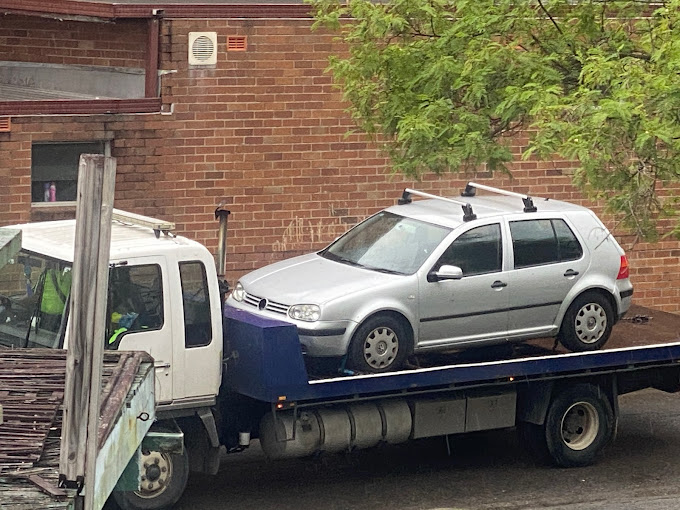Managing large-scale video projects can be a challenging task. It requires a robust workflow that integrates media asset management systems, video servers, and transcoders to ensure that the project is executed seamlessly. It’s easy for things to fall through the cracks if you’re not careful.
In this blog, we’ll explore advanced tips for managing large-scale video projects to help you optimize your workflow and deliver high-quality videos efficiently.
- Establish a Clear Workflow
The first step in managing a large-scale video project is to establish a clear workflow. This includes defining the project scope, determining the resources required, and creating a timeline for the project. Once you have a clear understanding of the workflow, you can implement a media asset management system to streamline the process. This system can help you organize your assets, automate repetitive tasks, and collaborate with team members more effectively.
- Use a Media Asset Management System
A media asset management system (MAM) is a software solution that allows you to manage your media assets efficiently. It can help you organize your video files, metadata, and other relevant information in a centralized location. With a MAM, you can search for specific assets, preview them, and even share them with other team members. It can also automate repetitive tasks such as file transcoding, file delivery, and file ingestion, freeing up your time to focus on more creative tasks.
A good MAM will have features such as:
- The ability to search for content by keyword or metadata
- A workflow that allows you to assign tasks based on who needs them done and when they should get done by
- Built-in collaboration tools so multiple people can work on different parts of one project at once
- Transcoding
Transcoding is the process of converting video files from one format to another. It can help you optimize your video files for different platforms, devices, and internet speeds. With a transcoder, you can convert your files to a more efficient format, reduce the file size, and ensure that they are compatible with different devices. The need for transcoders comes from the fact that different platforms have different encoding requirements and formats, and you may need to convert your content into those formats in order to make it compatible with those platforms.
For example, if you’re planning on uploading your video on YouTube or Vimeo (or another site), then chances are high that these sites will require an MP4 file format and an H.264 video codec. However, if you want your audience members who use Apple devices like iPhones or iPads–and even some Android devices–to be able to watch the video without issues, then those files should also be encoded using a MPEG-4 container format with AAC audio encoding at 44100 Hz sample rate (which is standard for iTunes).
- Create a Backup Strategy
Creating a backup strategy is crucial for large-scale video projects. This includes creating multiple copies of your video files and storing them in different locations. It also involves establishing a process for backing up your files regularly to ensure that you don’t lose any data in case of a system failure.
- Establish a Quality Control Process
Quality control is an essential aspect of managing large-scale video projects. It involves establishing a process for reviewing and approving the content before it is released. With a quality control process, you can ensure that your videos are of high quality and meet your project requirements.
- Use Project Management Software
Project management software can help you manage your team, tasks, and timelines more effectively. It can provide you with real-time updates on the project status, help you track progress, and collaborate with team members more efficiently. With project management software, you can ensure that your project is executed seamlessly and that all team members are working towards the same goal. To create an effective monitoring system for your team, start by defining clear metrics for success–this will help ensure that everyone understands what needs to be done at every stage of production. Once those metrics are established, it’s time to create an action plan for achieving them: this could include weekly check-ins with each department head or regular meetings between key stakeholders (like producers). Finally, make sure everyone knows how they fit into this plan so they can stay focused on their specific tasks without getting distracted by other areas of concern within the company as a whole.
In conclusion, managing large-scale video projects requires a robust workflow that integrates media asset management systems, video servers, and transcoders. With these advanced tips, you can optimize your workflow, increase efficiency, and deliver high-quality videos to your clients. By using a MAM system, video servers, and transcoders, you can streamline the process, automate repetitive tasks, and collaborate with team members more effectively. Use analytics tools to measure performance and make adjustments as needed.
Originally Published at – Workflowlabs (Tips for Managing Large-Scale Video Projects)
Also Read
- ► Sherwani Color Trends for Men in Hyderabad Weddings: Bold, Classic, and Everything in Between
- ► How to Find the Best Deals on Cosmetic Treatments Without Compromising Quality
- ► Necessary Documents for UAE Embassy Attestation for Job-Related Transfer
- ► The Ultimate Solution for Safe and Stylish Shipping
- ► The Versatility and Appeal of Black Mailer Boxes
- ► A Perfect Getaway: Discovering the Charm of Manali
- ► What is the EFM Procedure? A Comprehensive Guide
- ► Groot Technologies: Elevating Software Development with Proven Expertise
- ► The Global In-Store Music Market: Trends, Growth, and Future Prospects
- ► Wedding Table Cloth Hire: Everything You Need to Know
- ► Grand Kausa City Apartments Live Amidst Comfort & Nature in Mumbra
- ► Comprehensive Mental Health Treatment Center: Texas Psychiatry Group
- ► Master React JS: Tips to Become an Expert Web Developer
- ► Booking for Seniors: How Spirit Airlines Makes Air Travel More Affordable
- ► When is the Best Time to Embark on the Valley of Flowers Trek?





